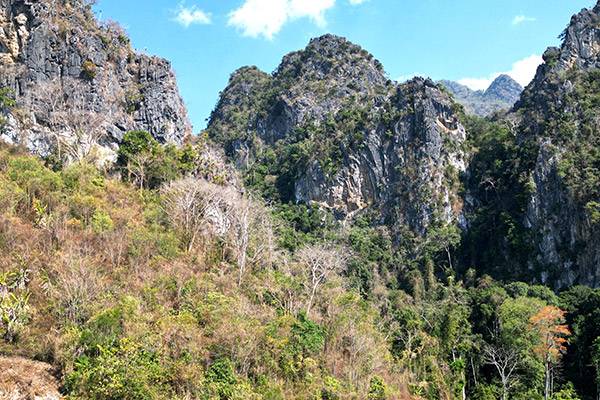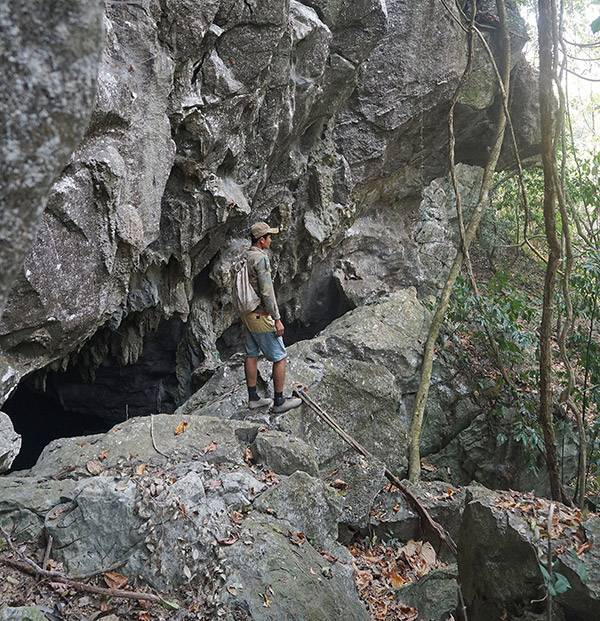The Ghost Valley

The formation of the “Ghost Valley” and its surroundings goes back over 500 million years. Over time, the valley has also undergone countless changes, resulting in the magnificent karst mountains that are visible today. The beautiful ancient sea limestone cliffs used to be over 1,000 meters high. Millions of years of erosion have reduced them to their current size.
According to researchers and respected geologists, the formations we see today were formed about roughly 8,000 years ago and date back to a period in Earth’s history called “The Middle Holocene Transgression.“ This refers to a “sea crossing”; a time when the sea rose much higher than it does today, making shores higher and causing flooding.


Thanks to these millions of years
of erosion by rain and sea

the area around the “Ghost Valley” is also home to unique valleys and an impressive labyrinth of caves!
The “Ghost Valley” is a so-called “inactive vadose cave” which means that the cave formation was caused by water flowing through it which retreated and formed over million of years the interior of this cave. (…visible through the cleanly washed out cave interior structure). The gigantic stalagmites in the “Ghost Cave” formed thousands of years after the cave formation had already been completed.
(Stalactites form when calcium carbonate water drips from the ceiling of a limestone cave. Over thousands of years, these calcium bicarbonate deposits build up into perfect pairs of stalactites and stalagmites.)
Geological feature
Another impressive geological feature of the “Ghost Valley” and its surroundings is the still completely unexplored underground cave system of the “Huaei Sae River” which, due to water erosion, has eaten a system of underground passages over millions of years ending at the foot of the Ghost Valley.
This must not be taken for granted and must be preserved as an important part of world heritage.
Limescale elimination
The lime-saturated water resulting from a leaching process leads to the formation of sinter in a wide variety of forms. The example shows a stalactite (stalagmite). Partly covered with so-called Mont milk.
Primeval animal cut
The surfaces of the rocks that fell down from the cave ceiling centuries to millennia ago show smoothing caused by the scouring and forcing of prehistoric large mammals or human inhabitants.
Ground dripstone (stalagmite)
A polished section reveals deposit layers of the stalactite in detail. These are not annual rings, but the consequences of long-term fluctuations in the fall of the drops, the chemical composition of the dripping water and the cave climate.
Leaching in limestone
The example here shows leaching by aggressive water in limestone. Limescale Dissolutions by carbonated water is essentially the cause of cavitation. (Corrosion)



Visitors can view the curious sea of ??
rocks in a number of ways on the climb up to Tham Pa Bong Cave: as an archaeological hotbed, or as a geological “wonder”.
But most visitors see the park in its purest form:
